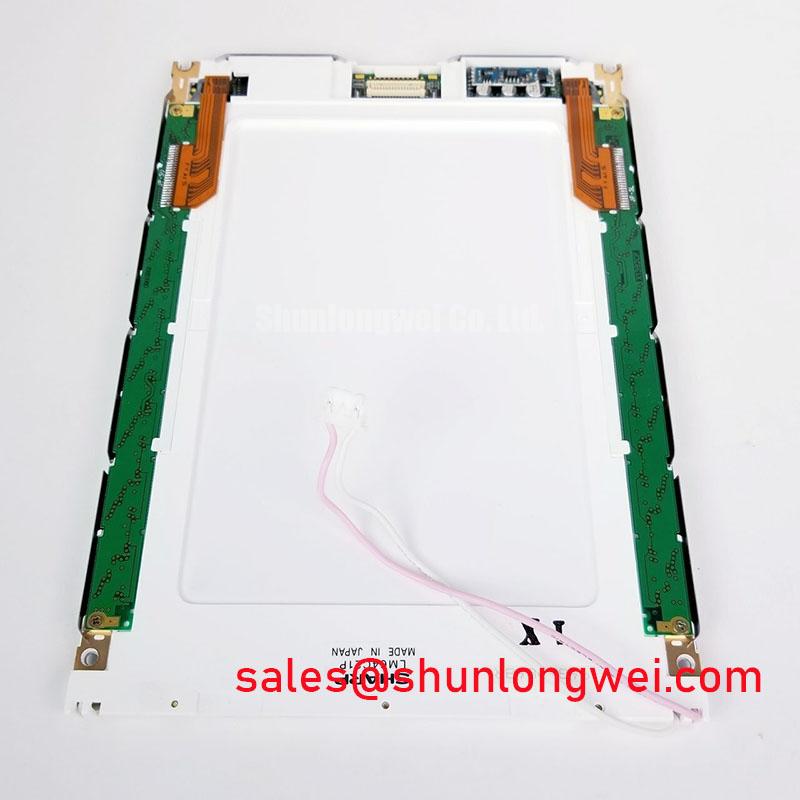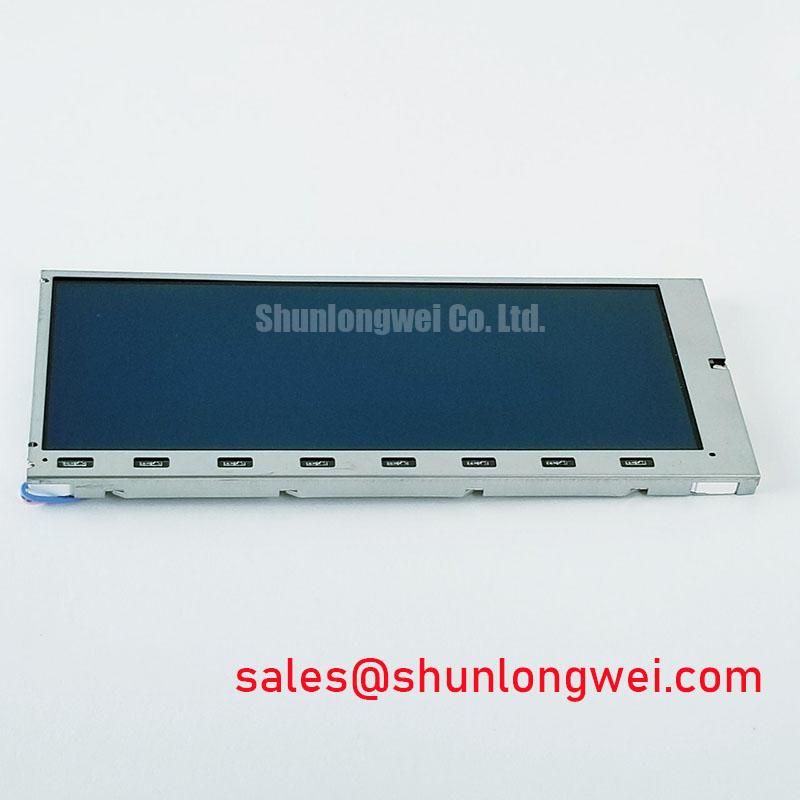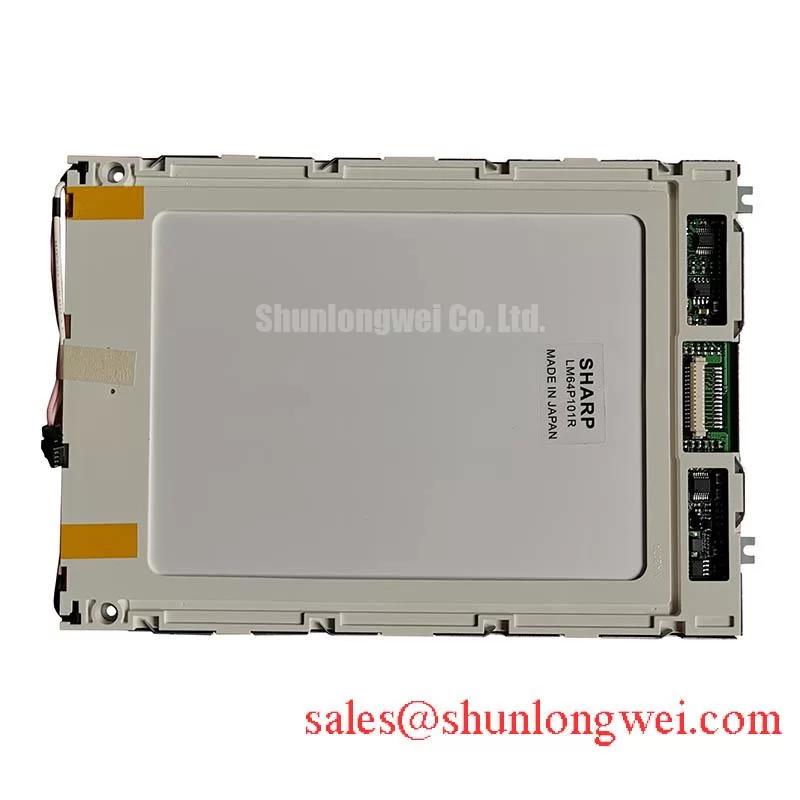Content last revised on November 21, 2025
LM4Q30TA: Engineering-Grade Monochrome Display for Demanding Industrial Environments
Product Overview: Key Features and Specifications
Delivering High-Contrast Readability for Portable and Embedded Systems
The Sharp LM4Q30TA is a 4.7-inch QVGA monochrome TFD-LCD module engineered for exceptional clarity and reliability in handheld instruments and industrial control applications. Its core value proposition lies in its transflective display technology, which ensures high-contrast visibility across a wide range of ambient lighting conditions. With a 320x240 resolution and a high-contrast black and white display, this module provides crisp, unambiguous data representation critical for precision tasks. For systems requiring robust, low-power display solutions, the LM4Q30TA's combination of a transflective panel and LED backlight offers a decisive advantage.
Application Scenarios & Value
System-Level Benefits in Portable Instrumentation and Control Panels
The LM4Q30TA is engineered for applications where data legibility and power efficiency are paramount. Its transflective nature makes it a strong candidate for portable diagnostic equipment, field testing devices, and measurement instruments that must operate reliably both indoors and in bright outdoor sunlight. In these scenarios, the display's ability to use ambient light minimizes the need for the power-intensive backlight, extending battery life. What is the primary benefit of its transflective design? It ensures consistent readability in variable lighting without draining power. This makes the LM4Q30TA an optimal choice for handheld industrial PCs and data loggers where extended operational uptime is a critical design requirement. The module's wide viewing angles—80° horizontal and 120° vertical—further enhance its utility in fixed-mount control panels, allowing operators to view critical data from various positions without color or contrast shift.
Key Parameter Overview
Decoding the Specs for System Integration and Performance
The technical specifications of the LM4Q30TA are tailored for integration into compact, power-conscious industrial devices. The display's performance is a direct result of its carefully balanced design parameters.
| Feature Category | Specification | Engineering Value |
|---|---|---|
| Display Characteristics | 4.7-inch Diagonal, 320x240 QVGA Resolution | Provides sufficient detail for GUIs and data readouts in a compact form factor. |
| Optical Performance | Transflective Panel, 30:1 Contrast Ratio (Reflective) | Ensures excellent legibility in high ambient light and reduces reliance on the backlight. |
| Viewing Geometry | 80° (H) / 120° (V) Viewing Angle | Allows for flexible mounting and clear off-axis viewing in control panel applications. |
| Physical & Environmental | Operating Temperature: 0°C to +50°C | Suitable for controlled indoor and semi-outdoor industrial environments. |
| Power & Interface | 40mW Power Consumption (Reflective Mode), 4-bit Parallel Data Interface | Extremely low power draw extends battery life in portable devices; standard interface simplifies integration. |
Download the LM4Q30TA datasheet for detailed specifications and performance curves.
Technical Deep Dive
The Engineering Advantage of Transflective DMTN Technology
The core technology behind the LM4Q30TA is its Double Super-Twisted Nematic (DMTN) transflective panel. This isn't just a standard LCD; it's a hybrid solution designed for versatility. Think of a transflective display like a two-way mirror. In dark conditions, the built-in WLED backlight acts as the light source, passing through the liquid crystal layer to the viewer (transmissive mode). However, in bright light, the panel’s reflective layer bounces ambient light back through the display, using the external light to illuminate the screen (reflective mode). This dual-mode operation is critical for portable instruments. The exceptionally low 40 mW power consumption in reflective mode is a key enabler for long-duration, off-grid operation, a decisive factor for field service equipment and remote monitoring systems. The 100ms response time, while not suitable for full-motion video, is more than adequate for the GUIs and data updates typical in industrial metering and control interfaces.
Frequently Asked Questions (FAQ)
What makes the LM4Q30TA's viewing angle noteworthy for industrial design?
The wide vertical viewing angle of 120 degrees is particularly advantageous for panel-mounted HMIs or instruments that might be positioned above or below an operator's direct line of sight. It ensures that crucial readings can be accurately interpreted from a standing or seated position without the need to be directly in front of the screen.
How does the 30:1 reflective contrast ratio impact usability in the field?
A 30:1 contrast ratio in reflective mode is exceptionally high for this class of display. It translates directly to superior readability under direct sunlight, where standard transmissive displays would appear washed out. For an engineer using a diagnostic tool outdoors, this means less time spent shielding the screen and more accurate, faster readings.
Is the parallel interface suitable for modern embedded systems?
Yes, the 4-bit parallel data interface is a well-established, straightforward interface that is easily driven by a wide range of microcontrollers (MCUs) found in industrial equipment. Its simplicity reduces firmware complexity and can lead to faster development cycles compared to more complex serial interfaces, making it ideal for cost-sensitive and legacy system upgrades.
Engineering Perspective
From an engineer's viewpoint, the Sharp LM4Q30TA represents a focused design solution for a specific set of challenges. It prioritizes readability and low-power performance over color or high refresh rates. Its robust specifications for contrast and viewing angle, combined with its proven interface, make it a reliable and low-risk choice for new designs and retrofits in the industrial instrumentation and handheld device sectors. For projects where battery life and clarity in all lighting conditions are non-negotiable, this display provides a dependable engineering foundation.











